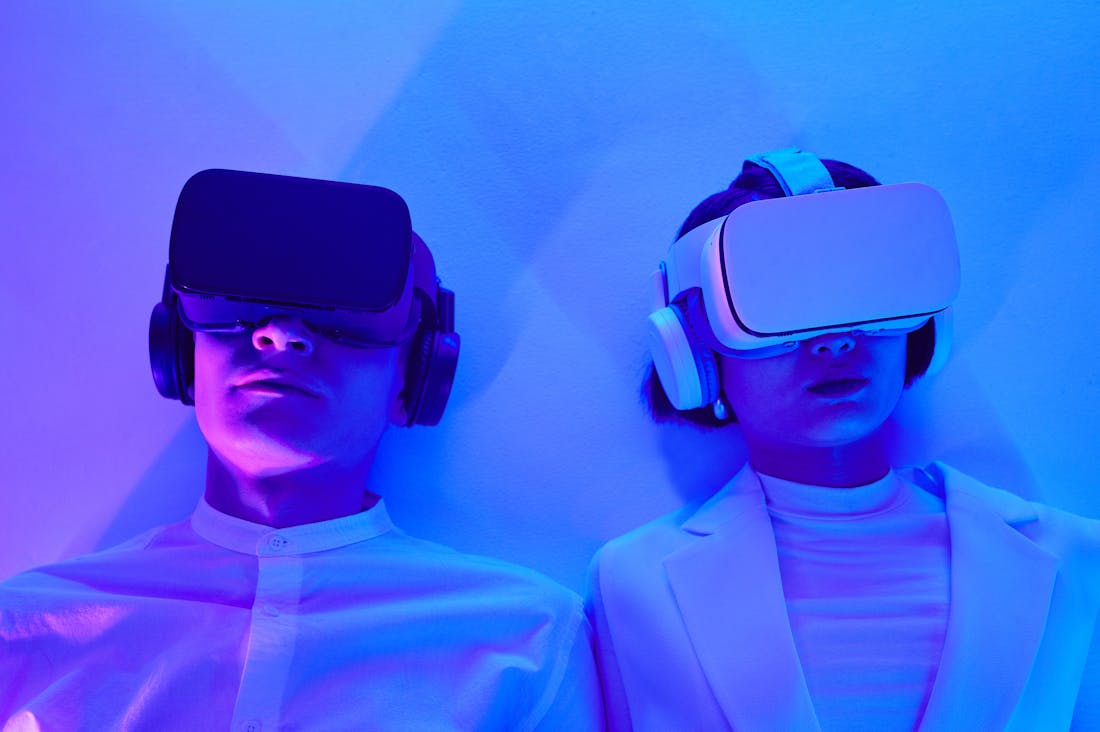In an age where technology permeates every aspect of our lives, the way we connect with one another has transformed dramatically. "The Tech That Connects Us" dives into the intricate relationship between innovation and personal connections. From instant messaging to virtual reality, we explore how these advancements enhance intimacy, communication, and understanding, redefining the essence of human interaction. This examination not only reveals the benefits of modern connectivity but also raises questions about the implications of our tech-driven relationships, inviting readers to reflect on the true nature of connection in the digital era.

The Evolution of Communication Technology and Its Impact
The evolution of communication technology has profoundly reshaped human interaction, societal structures, and global connectivity. From the invention of the printing press in the 15th century, which democratized knowledge and spurred the Renaissance, to the advent of the telegraph and telephone that revolutionized long-distance communication, each advancement marked a significant shift in how individuals connect. The rise of the internet and mobile technology in the late 20th and early 21st centuries has further accelerated this transformation, enabling instantaneous communication across the globe. Social media platforms, emails, and video conferencing have not only streamlined personal interactions but have also transformed businesses, politics, and education. Consequently, the unprecedented speed and accessibility of communication have led to a more interconnected world, fostering both collaboration and challenges, such as information overload and the spread of misinformation. Thus, as technology continues to advance, its impact on society remains profound, shaping the way we perceive and engage with one another.

Balancing Technology Use to Foster Real Connections
In our increasingly digital world, striking a balance between technology use and cultivating real connections is essential for emotional well-being and meaningful relationships. While technology offers unprecedented convenience and facilitates instant communication, it can also lead to superficial interactions that lack depth and authenticity. To foster genuine connections, individuals should be mindful of their technology habits, setting aside dedicated screen-free time to engage with family and friends in person. This can mean enjoying a meal together without distractions or setting up regular gatherings that prioritize face-to-face engagement. By consciously choosing to unplug and immerse ourselves in the present moment, we can enhance our relationships, nurture deeper bonds, and create lasting memories that technology alone cannot replicate. Ultimately, embracing a balanced approach to technology allows us to harness its benefits while prioritizing the invaluable experience of human connection.

Future Trends in Tech and Personal Relationships
As technology continues to evolve at an unprecedented pace, its impact on personal relationships is becoming increasingly evident. One notable trend is the rise of artificial intelligence and machine learning, which enhance communication through personalized platforms and virtual assistants, streamlining interactions and facilitating deeper connections. Social media is also steering a shift towards more curated relationships, where people selectively share experiences with a wider audience, potentially blurring the lines between genuine connections and superficial engagements. Additionally, the advent of virtual reality and augmented reality is poised to reshape how individuals experience shared moments, allowing for immersive interactions regardless of geographical barriers. However, this technological integration poses challenges, raising questions about authenticity and emotional depth in relationships, as individuals navigate the complexities of building connections in an increasingly digital landscape. The future of personal relationships will likely reflect a delicate balance between embracing innovation and fostering genuine human interaction.
Navigating the Challenges of Online Relationships
As digital communication becomes more prevalent, the challenges of maintaining meaningful online relationships also emerge. One major issue is the tendency for misunderstandings to arise from the absence of non-verbal cues, such as body language and tone of voice. These nuances often play a crucial role in conveying emotions and intentions. Furthermore, individuals may become overly reliant on technology, leading to isolation and a decreased ability to form bonds in face-to-face interactions. It is imperative to recognize these challenges and actively work to counteract them by investing time and effort into nurturing relationships online, ensuring that they remain robust and fulfilling.
The Role of Empathy in Digital Communication
Empathy is a vital component of successful communication, and its importance is magnified in digital interactions. In a realm where messages can be easily misinterpreted, cultivating empathy becomes essential for understanding the perspectives of others. This involves not only actively listening but also being attuned to the emotional undertones of digital conversations. By practicing empathy, individuals can create an environment of support and trust, making virtual interactions feel more authentic. Additionally, incorporating thoughtful gestures, such as sending a supportive message or a virtual card, can reinforce connections and provide reassurance, making the digital landscape a more compassionate space.
Future Innovations in Communication Technology
Looking ahead, the future of communication technology promises exciting innovations that could further enhance personal connections. Advancements in virtual reality (VR) and augmented reality (AR) are expected to revolutionize how we interact, enabling users to engage in immersive environments that simulate real-world experiences. Imagine attending a family gathering or a friend's wedding from thousands of miles away, feeling as if you are genuinely present. Moreover, the integration of biometric feedback in communication tools could allow individuals to share emotions in real-time, thereby bridging the gap between physical presence and digital interaction. Such innovations may pave the way for deeper, more meaningful connections, balancing the benefits of technology with the essence of human interaction.
AI-Assisted Content Disclaimer
This article was created with AI assistance and reviewed by a human for accuracy and clarity.